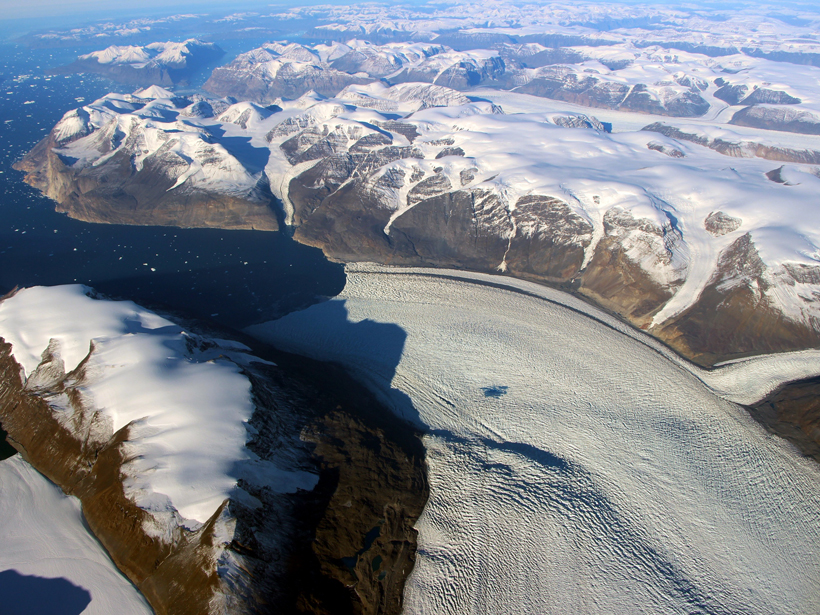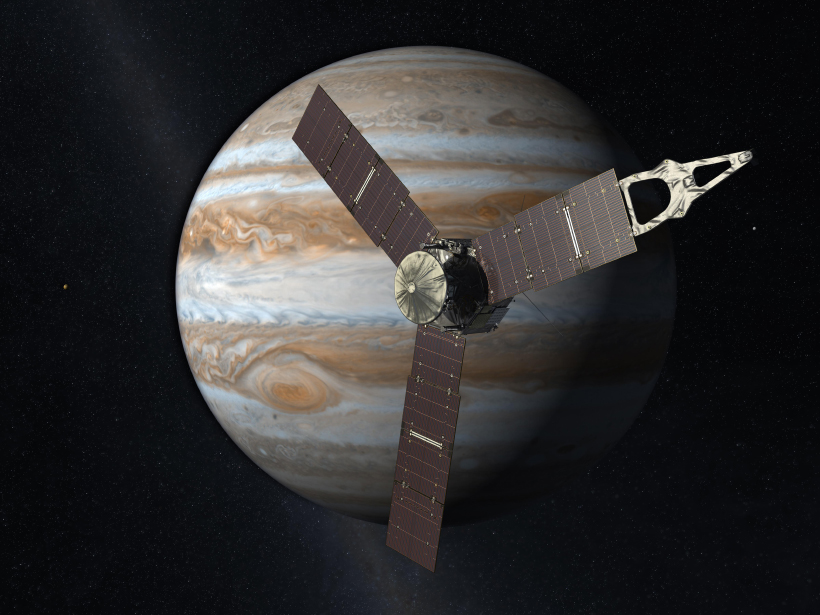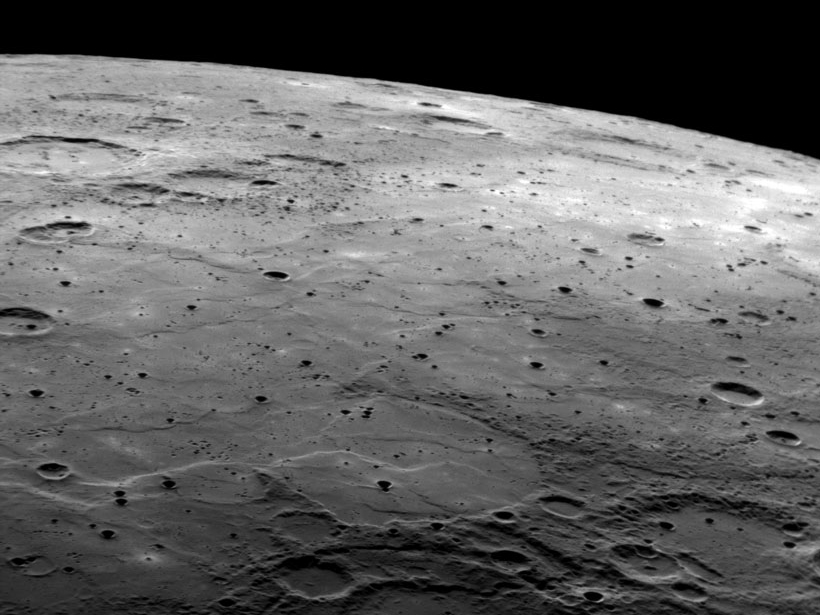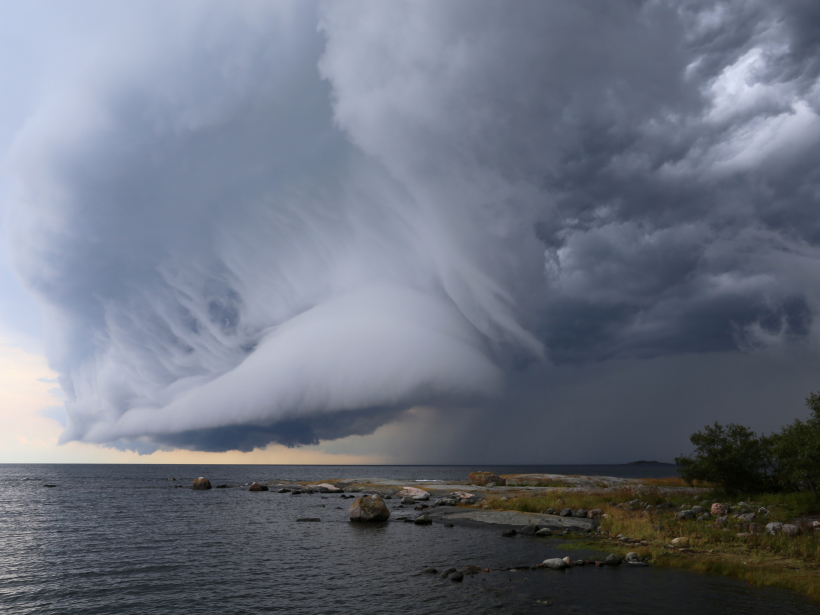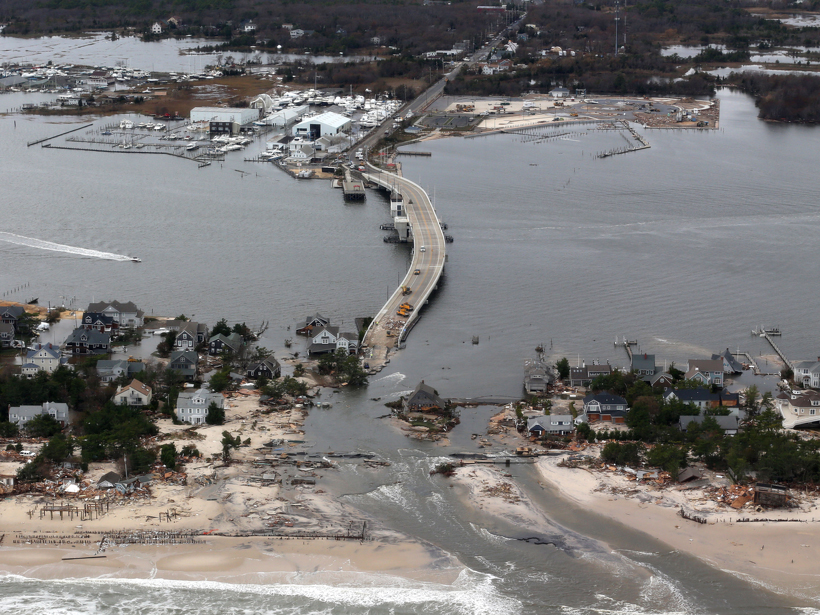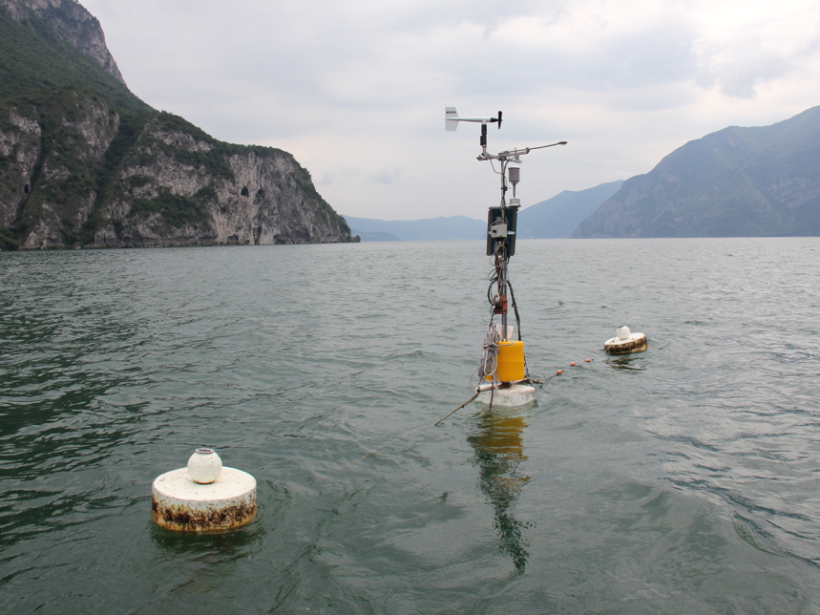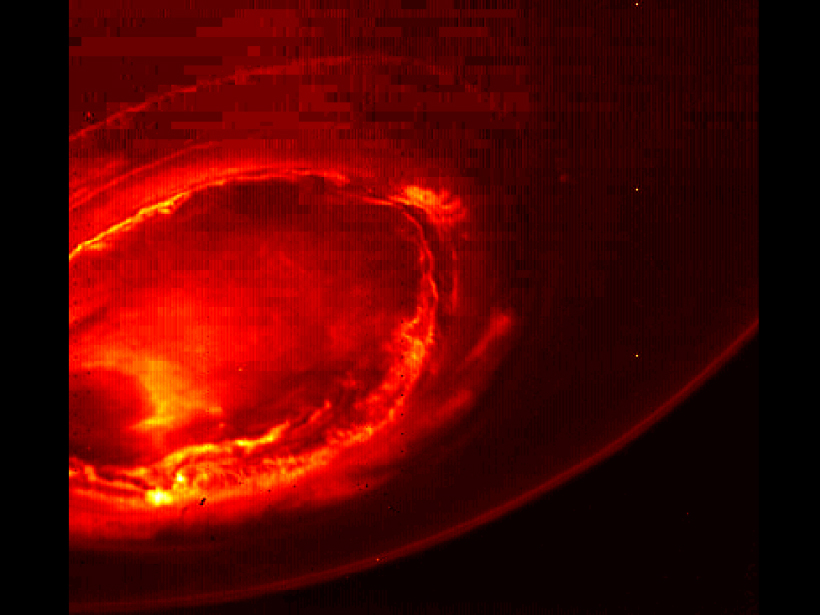A novel method uses shifting bedrock to trace pulses of mass that propagate down a glacier.
Research Spotlights
Research spotlights are plain-language summaries of recent articles published in AGU’s suite of 24 journals.
How Shifting Winds Turn Tropical Storms into Hurricanes
Researchers present a novel method for analyzing how wind shear affects tropical cyclone strength and structure.
Huge Storms Disrupted Jupiter’s Fastest Jet Stream in 2016
Recurrent jet stream disturbances provide glimpses of what lies beneath the gas giant’s thick upper cloud cover.
How Quickly Is Mercury’s Surface Evolving?
New measurements of impact craters on Mercury’s smooth plains suggest that the topography of the solar system’s innermost planet is changing at twice the rate of landforms on the Moon.
Using Multiple Satellites Gives a Fuller View of Cloud Structure
The unique strengths of different satellites reveal different facets of cloud systems and precipitation.
Accounting for Accelerated East Coast Sea Level Rise
An analysis of tide gauge records and physical models shows acceleration of sea level rise on the East Coast due to melting of the Greenland Ice Sheet is especially pronounced south of 40°N latitude.
How Does Wind Push Water?
A new 3-D model shows how wind affects hydrodynamic mixing in a northern Italian lake.
What Makes the Biggest Cycle in Tropical Weather Tick?
The Madden-Julian Oscillation drives storms across the Indian and Pacific oceans every 30 to 60 days. New research suggests that clouds absorbing and reemitting radiative energy play a key role.
Tracking Nitrogen in Arctic Plants
Prevailing nutrient uptake models do not fit Arctic plants. Scientists test a new option that overcomes older models’ shortcomings.
Mysterious Particle Beams Found over Jupiter’s Poles
The unexpected character of the beams, revealed by NASA’s Juno spacecraft, suggests that the processes that produce Jupiter’s auroras are unlike those on Earth.

